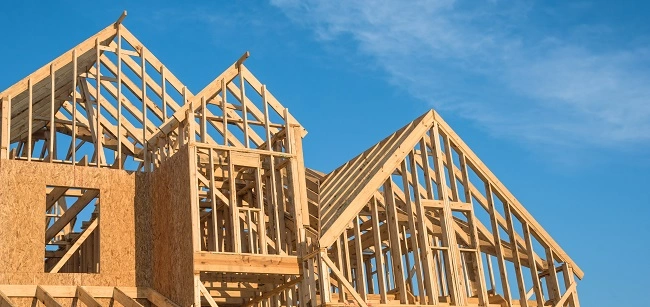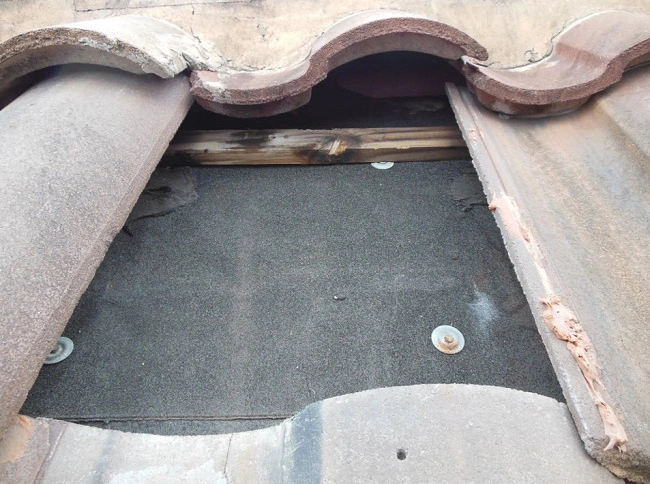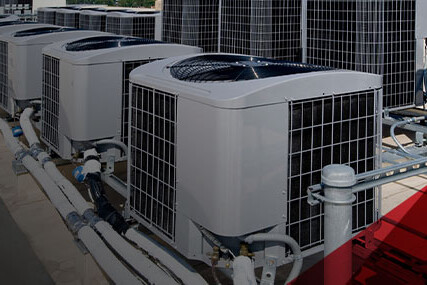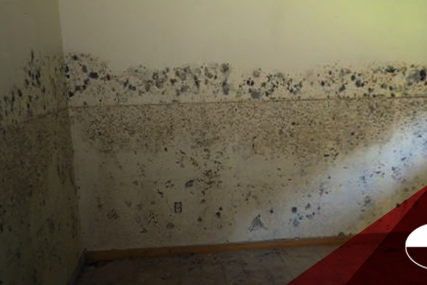Changes to the 2024 International Building Code

Any adjuster who has received a report from an assessment partner is likely acquainted with the International Building Code (IBC), referenced by experts for a variety of property losses. The IBC outlines minimum requirements for new and existing buildings to ensure public health, safety, and the welfare of the occupants. While it isn’t a requirement, most individual states or jurisdictions adopt it as written rather than create their own codes. Others may make minor edits or heavy changes, making it critical that adjusters are aware of IBC revisions.
This document is updated every three years to stay current on construction best practices and new technology. Here are a few changes to the 2024 edition that pertain to commonly claimed structural components and how they may affect your claims decisions.
The IBC is updated every three years to ensure best practices surrounding design, materials, and methods during new construction and renovations.
Detailing Roof Underlayment
There are significant changes in the 2024 IBC regarding specifications for roofing underlayment, a layer of material (most often asphalt felt paper or a synthetic membrane) installed on the roof deck to provide extra protection against moisture intrusion. The requirements in the code are incredibly detailed and include a variety of factors. You don’t have to know them all, but confirm your assessment partner is using the latest code requirements when inspecting roofs to which they apply.
For instance, several types of underlayment, specified by ASTM International, are designated as appropriate for use beneath asphalt shingles, while other materials, such as wood shingles or shakes, have only two options. The IBC also outlines approved underlayment application and fastening techniques based on the roof covering material, slope, and geographical location.
Why it matters: Most steep-slope roofs are classified as water-shedding and rely on roofing underlayment to serve as a secondary water barrier keeping the roof decking and interior of the building dry. Its failure could lead to water damage claims, and the code can help your expert determine whether the installation methods or materials contributed to the loss on a specific roof.
Read more: Residential Roofing Fundamentals for Adjusters eBook
Underlayment is a thin layer that can provide a lot of protection against water damage, if it’s installed in accordance with the latest code requirements.
Introducing Tornado Load Requirements
For the first time, the 2024 edition of the IBC includes design considerations for tornadoes for a few types of high-risk commercial structures in Chapter 32, compatible with the requirements of the American Society of Civil Engineers (ASCE). Because they haven’t been designed to resist tornadic winds, buildings have historically not performed well in the face of these storms, leading to almost 40% of all catastrophe-related claims from 1997-2016, according to the Insurance Information Institute, and dozens, sometimes hundreds, of deaths each year.
The new code provisions address tornado-specific wind load requirements – how much pressure a structural component can withstand – for geographical locations more susceptible to tornadoes. This encompasses much of the eastern and central United States. Relevant commercial structure types built after the adoption of the 2024 IBC should be designed and constructed to resist the greater of the tornado loads determined by the ASCE for their zone.
Why it matters: In addition to saving lives, standardizing construction materials and methods may reduce the number of tornado claims carriers see. The National Oceanic and Atmospheric Administration (NOAA) reported that of the ten weather-related disasters that caused more than $1 billion in damage in 2022, two were tornadoes.
Read More: Degrees of Tornado Damage to One- to Two-Story Residential Homes Guide
The new chapter surrounding provisions for tornado loads may prevent loss of life and insured damage by standardizing more resistant buildings.
Facilitating Snow Load Consideration
Most of the modifications surrounding snow loads in the code are for the reader’s ease of use. Experts and other professionals referencing the 2024 IBC will find new snow load maps detailing what the design load should be for each region based on altitude, average temperatures, precipitation, and more.
The biggest change regarding construction methods and snow loads is that the 2024 edition emphasizes the need to check snow loads during reroofing to ensure the new construction meets proper slope and drainage requirements to avoid future damage.
Why it matters: Knowing whether a roof was able to withstand normal snow load for the region is a large part of determining cause of damage to buckled or sagging roofs during winter months. Making it easier to identify and calculate a roof’s design load helps experts reach accurate conclusions without slowing down the claims process.
Read More: Up on the Housetop: Ice Dams and Snow Loads Guide
The 2024 IBC makes calculating snow loads and load design easier, including factoring in climate, roof slope, and other factors.
The IBC is a complicated living document and a helpful tool for accurate claim settlements. While the above and other changes are reflected in the 2024 IBC, local jurisdictions often take several years to adopt the most recent IBC and may make their own modifications. Regardless, the codes provide a baseline of understanding around best building practices, reflect our current understanding of real-world building performance, and are an excellent reference point when evaluating failure modes in existing buildings.
To learn how Donan Engineering’s knowledge about the latest building codes and regulations, the scientific method, and engineering best practices can get you the answers you need to settle a claim fairly, submit an assignment.
Don’t miss insurance-focused resources and webinars about property, perils, and trends impacting claims nationwide by signing up for The Savvy Adjuster Newsletter.
Be sure to also tune in to The Savvy Adjuster Podcast to hear more from the experts themselves.
Request the Degrees of Tornado Damage to One- to Two-Story Residential Homes Guide
Related Resources
2023 Efficiency Changes for HVAC Systems
Several new U.S. Department of Energy (DOE) efficiency regulations related to HVAC systems took effect Jan. 1, 2023. Insurance professionals should know how these rules may impact their policyholders.
The Effect of the 2024 Refrigerant Changes on Claims
Big changes to refrigerants are scheduled for 2024-2028. Know how they may affect claims with HVAC systems going forward.
How Building Material Type Makes a Difference in Flood Claims Guide
Exposure to water and flooding may impact specific building materials in various ways. Some may have swelling or warping after long-term inundation, while others may not have discernable impacts.







